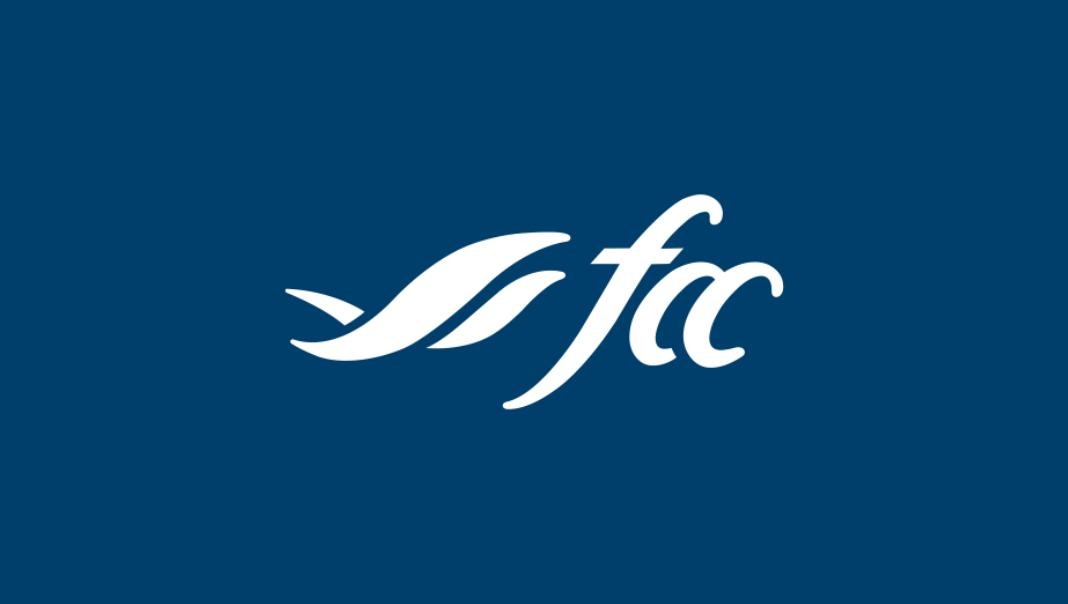Alberta’s Blood Tribe restores traditional agriculture roots
Friday, April 1, 2022
Reference: FCC
 In the middle of the 2021 hot and dry summer for Western Canada, Kainai Forage in Stand Off, Alta., reported a single-day harvest of 8,000 bales of premium timothy hay.
In the middle of the 2021 hot and dry summer for Western Canada, Kainai Forage in Stand Off, Alta., reported a single-day harvest of 8,000 bales of premium timothy hay.The scale of success for the newly re-branded and reconfigured business is, however, no isolated phenomenon. The joint venture between Indigena Capital, a private equity firm, and the Kainai-Blood Tribe (or Blood Tribe, a First Nation in southern Alberta) has skilfully navigated uncharted territories of both challenge and achievement since its establishment in 2019.
“It’s not going to be very hard for us to become the biggest developer of processed timothy in the world and that is our goal,” says Roy Fox, Chief of the Blood Tribe.
Growth and sovereignty
Anchored by 25,000 acres of irrigated land — the largest project of its kind in Canada — Kainai Forage exports premium timothy hay internationally. Now, with additional financing in place, the construction of a new processing plant and state-of-the-art hay press is nearing completion. The expansion will increase the ability of Kainai Forage to process over 125,000 metric tonnes of hay per year and keep them on pace to achieving their exporting goal of over 100,000 tonnes per year by 2024.For the Blood Tribe, the success of the business extends far beyond the boardroom.
“Sovereignty means different things to different people, different groups, and different nations, but true sovereignty can only be accomplished by greater financial sovereignty, so this is the direction that we are going with Kainai Forage,” Chief Fox explains.
Ensuring a sustainable future for his community has always been at the core of Chief Fox’s career. Also known as Makiinima, he has been in a leadership role with the Blood Tribe for most of his adult life.
“One of the most important principles our ancestors had was that we need to provide for our own as much as we can – we have to be prepared to work and engage in partnerships with others and in that way, those endeavours will become more meaningful and we’ll be able to provide more,” he explains.
Grassroots agriculture
Situated south of Calgary, the Blood Tribe has the largest reserve in Canada, encompassing over 350,000 acres, and a membership of over 12,000. They were early agriculturalists, but their initial success in the industry was constricted.“When big farming came about, they could not access the necessary capital to be engaged fully,” Chief Fox says. “But they continued – they did not give up, even though sometimes it seemed insurmountable barriers were in their way.”
In the 1980s, the tribe negotiated the irrigation project with Canada and Alberta and reached agreement in the 1990s. However, in the early days of their forage business, they continued to face challenges.
“We knew that there were crops we could develop on our lands and be successful. We saw the opportunity to really expand but we couldn’t do it ourselves.”... Read More
Sign up to stay connected
- News
- Property Alerts
- Save your favourite properties
- And more!
Joining Farm Marketer is free, easy and you can opt out at any time.
